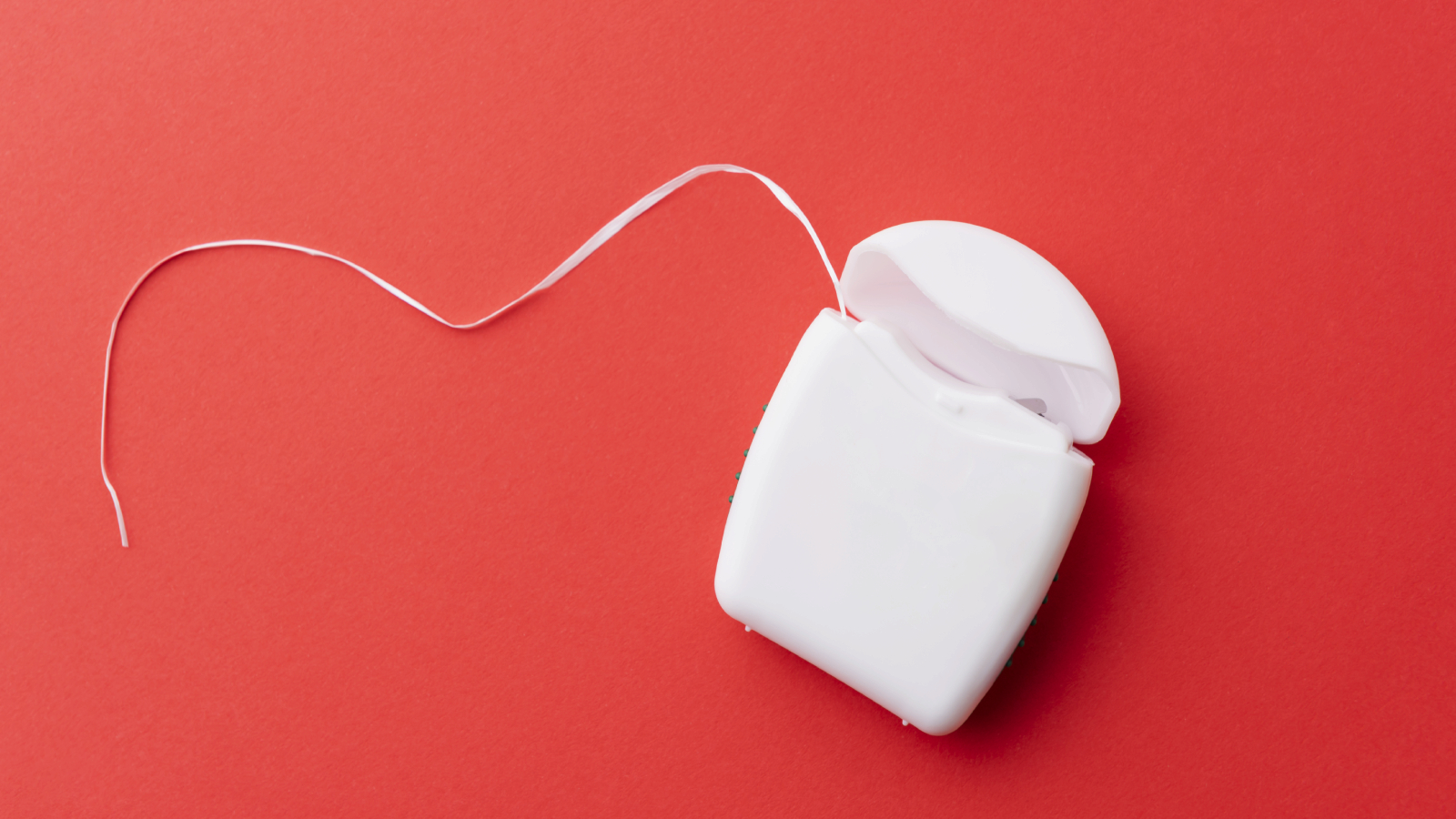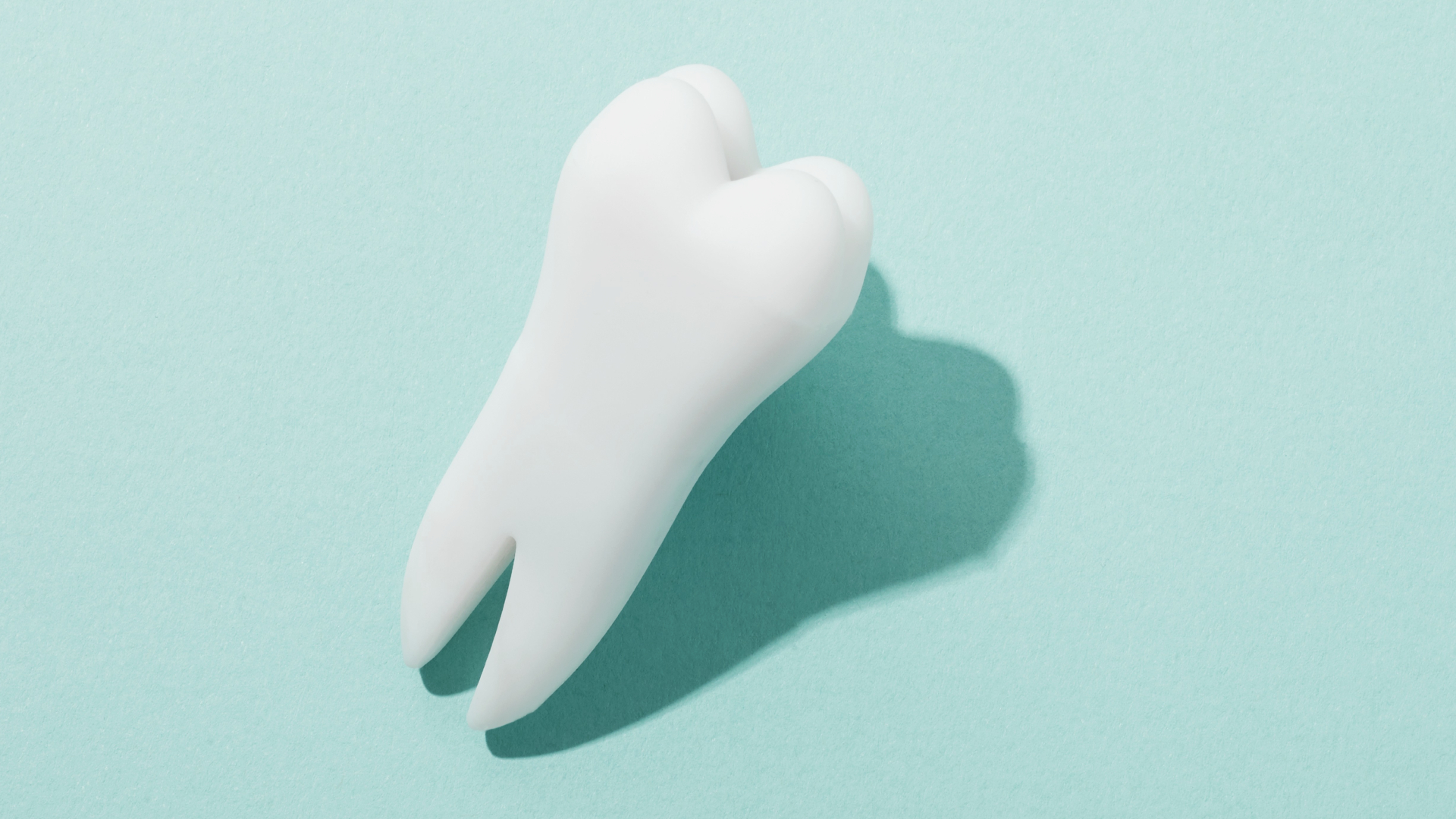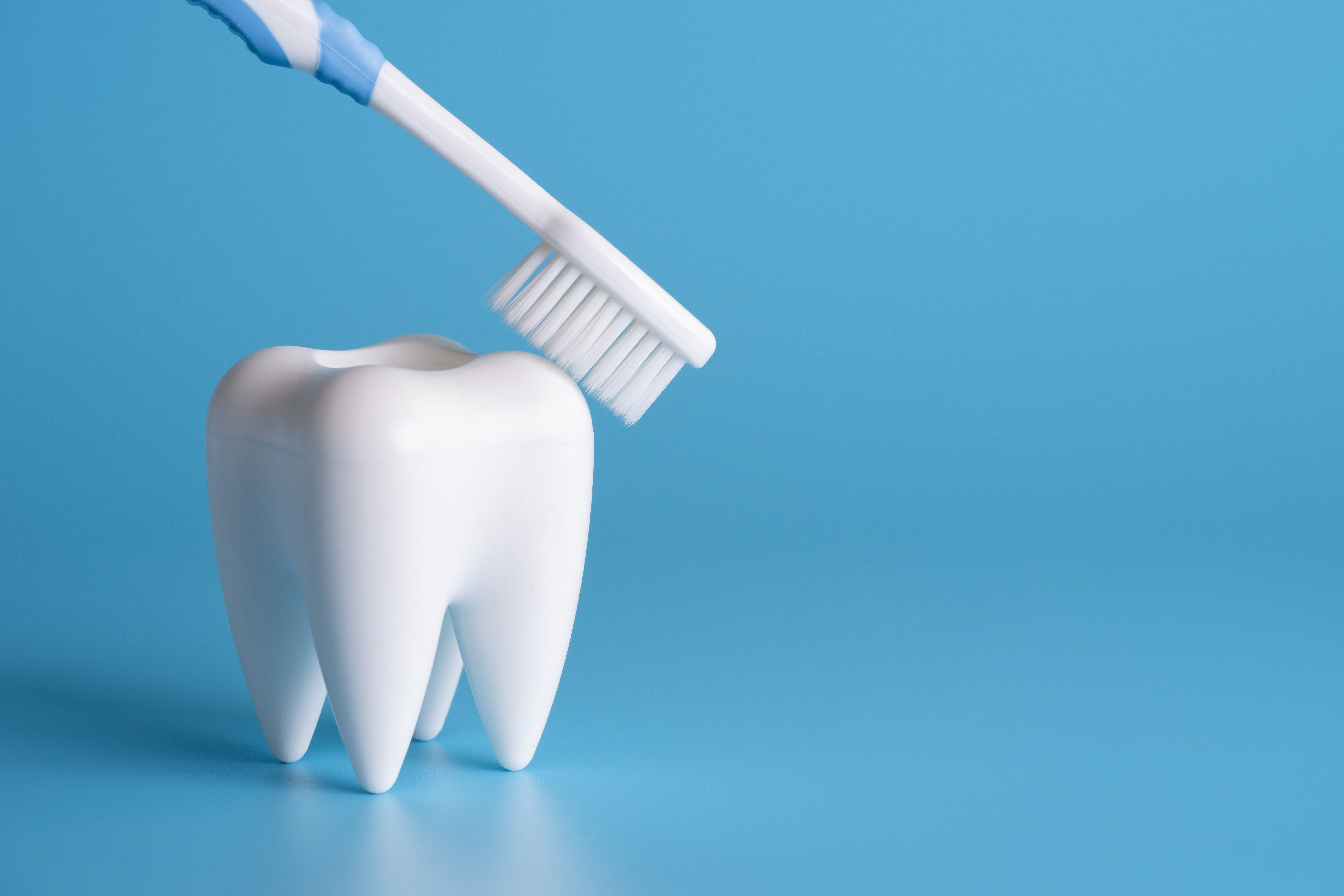Receding gums—how to spot the early signs, prevention tips and treatments
Receding gums don't have to be an inevitable part of aging


Receding gums can be painful and can totally change how your smile looks. But don't panic—it’s not too late to improve your oral hygiene habits and stop receding gums getting worse.
We know that oral care is important. But, if you didn't take care of your teeth when you were younger, you may be dealing with dental problems now. Receding gums are a degenerative condition that is most likely caused by poor dental hygiene. “The number one cause of severe gum recession is poor dental hygiene and neglect,” says Dr Bobbi Stanley, dentist at Stanley Dentistry. “When you don't brush and floss, bacteria builds up beneath the gums. That bacteria then causes the gums to lift away from the teeth.”
The good news is that it's never too late to improve oral hygiene habits to protect your teeth and gums. From investing in the best electric toothbrush, mastering how to brush your teeth correctly, flossing more, and maybe even trying the ancient technique of oil pulling, there are steps you can take to stop gums from receding any further. And, if receding gums are really getting you down, there are also treatment options to correct gum recession.
Receding gums causes

If you start to notice your gums receding, think back on your dental habits, as this could be causing the problem.
Common causes of receding gums include:
- Not brushing teeth properly
- Not brushing teeth twice a day
- Not flossing regularly
Other causes include:
- Smoking
- Nutrient deficiencies
- Hereditary factors
- Crooked teeth or a misaligned bite
It's worth noting that some causes of receding gums are out of your control, but keeping up good dental hygiene should help to combat the issue. Receding gums are a pain, but they’re not a death sentence for your smile. Once you start taking better care of your teeth as part of your morning and bedtime routine, you’ll clean the bacteria out of those tight spots and your gums will get healthier.
Sign up to our free daily email for the latest royal and entertainment news, interesting opinion, expert advice on styling and beauty trends, and no-nonsense guides to the health and wellness questions you want answered.
As with most conditions, early-stage intervention is important. So how can you spot the signs of receding gums and take action?
Symptoms of receding gums

Symptoms of receding gums include, but aren't limited to:
- Swollen gums that are a deeper color
- Bleeding after brushing or flossing
- Pain at the gum line when brushing, flossing or eating
- Longer looking teeth
- Loose teeth
- Visible tooth roots
One early symptom may be that your smile will start to look different. “People with gum recession often come into my office saying that their teeth appear ‘longer’ than they used to,” says Dr Stanley. “This is because, when you have gum recession, the gums are pulling away from the teeth. This reveals more of the tooth structure that the gums previously hid from view.”
The first thing you notice might not necessarily be how your teeth look, though. For some people, the most noticeable symptom is how their teeth feel—particularly when it comes to sensitivity. “When gums recede, uncovering surfaces close to the dental roots, hypersensitivity ensues,” explains Dr J. Salim, owner and founder of Sutton Place Dental Associates.
The parts of your teeth that are revealed when your gums recede are not accustomed to the sensations that the exposed parts of your teeth have always experienced. For this reason, people with receding gums will feel increased sensitivity.
According to Dr Salim, someone with receding gums is likely to feel discomfort when they:
- Consume food or drinks that are particularly hot or cold
- Inhale cool air
- Brush their teeth, especially if they do so aggressively
Can receding gums grow back?

In short, the answer is no. “Once the gums have receded, they will not grow back on their own,” explains Dr Saul Konviser, dentist at Montagu Dental. Sadly, gum tissue does not regenerate, unlike other types of tissue such as skin.
“However, we can avoid worsening the situation by changing the brushing technique,” Dr Konviser continues.
To preserve gums while brushing, Dr Konviser recommends:
- Changing the angle at which you brush your teeth from head-on to 45 degrees.
- Reducing the amount of force you use to brush.
- Switching to an electric toothbrush with a pressure sensor, if you struggle to control the amount of force you use.
Some people fear that once their gums begin to recede, they will continue to do so forever. Luckily, that is not the case, and you have a lot of control over your gum recession. Even if your dental hygiene was suboptimal in the past, it really is better late than never and good habits will make all the difference for your future smile.
While your gums will never grow back on their own, there are ways to treat the discomfort and other issues caused by gum recession—either medically or just with better habits.
Treatment options for receding gums
When it comes to treating gum recession, it depends on what specifically you want to be fixed. “If we choose to try and treat the gum recession, we usually start with the issues such as the sensitivity for patients,” explains Dr Konviser. This can be done through nerve desensitization, covering the exposed root with tooth-colored fillings, or a number of other dental procedures.
However, some patients’ main problem with gum recession is the way it looks. “We always have the option of going down a surgical route, whereby patients see a periodontist or gum specialist,” Dr. Konviser continues. “The best way to treat severe gum recession is with gum grafting,” says Dr Stanley. “Gum grafting involves a dentist covering up the exposed portion of the tooth with a man-made substrate or with a graft taken from another portion of the patient's mouth.”
There are multiple courses of action for this type of procedure and which is right for you will depend on the desired end result.
Connective tissue graft
- About the treatment—this is the most common type of gum graft. The dentist will first numb the mouth with anesthesia, then gum tissue is taken from the inside of the palate and grafted to the recessed area.
- How does it take? approx 45 minutes per tooth
- Recovery time—1-2 weeks
- Average cost—between $600 and $1200 per tooth
Free gingival graft
- About the treatment—this is used to reinforce fragile gum tissue. A small layer of tissue is taken from the palate and sutured to the site of gum recession.
- How long does it take? approx 1 hour 30 mins per tooth
- Recovery time—1-2 weeks
- Average cost—between $600 and $1200 per tooth
Pinhole technique
- About the treatment—the gum is loosened and brought downwards to cover the exposed dental root. This is a process that does not require soft-tissue grafting.
- How long does it take? approximately 2 hours per tooth
- Recovery time—1-2 weeks
- Average cost—between $600 and $1450 per tooth
Allograft
- About the treatment—an allograft is where the gum tissues comes from another person or an artificial collagen membrane is placed over the recessed area.
- How long does it take?—approx 1-3 hours per tooth
- Recovery time—1-2 weeks
- Average cost—between $600 and $3,000 per tooth
If you opt for a gum graft, your dentist will talk you through your options and make a recommendation for your unique circumstances.
If you end up with receding gums, there are many ways to get your old smile back. Just remember to take great care of your teeth from now on.
woman&home thanks Dr Bobbi Stanley of Stanley Dentistry, Dr J Salim of Sutton Place Dental Associates, and Dr Saul Konviser of Montagu Dental for their time and expertise.
Ciara McGinley is a meditation practitioner and health journalist. She qualified as a meditation teacher with the British School of Meditation in 2020 and is the founder of Finding Quiet, a series of classes, workshops and retreats that combine meditation practices and mindfulness techniques to make mindful living realistic in an always-switched-on modern world. She is all about bettering that mind-body connection but believes wellness looks different to everyone.
Ciara is also the former Health Channel Editor at woman&home and has covered all things health and wellbeing for years, from fitness to sleep to relationships.
